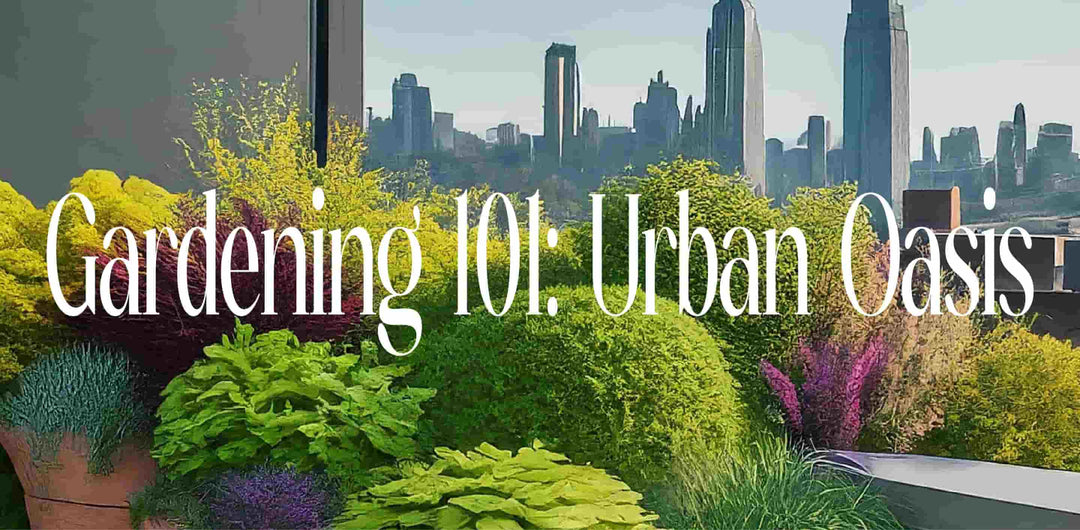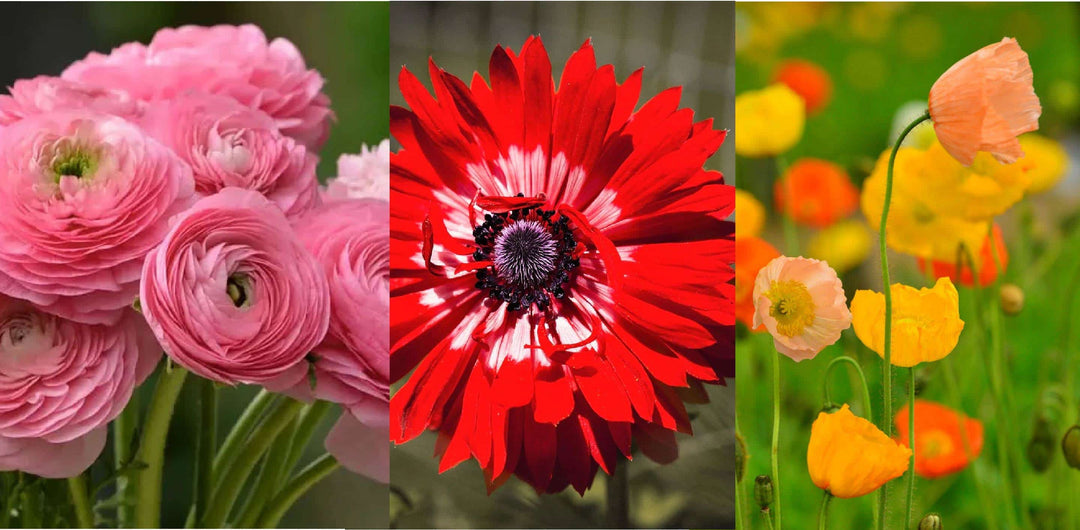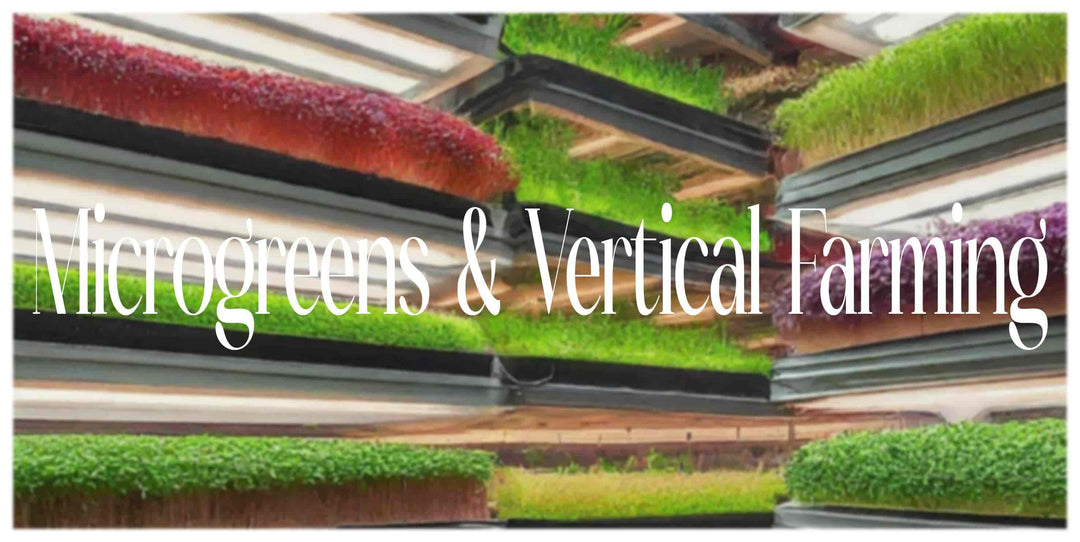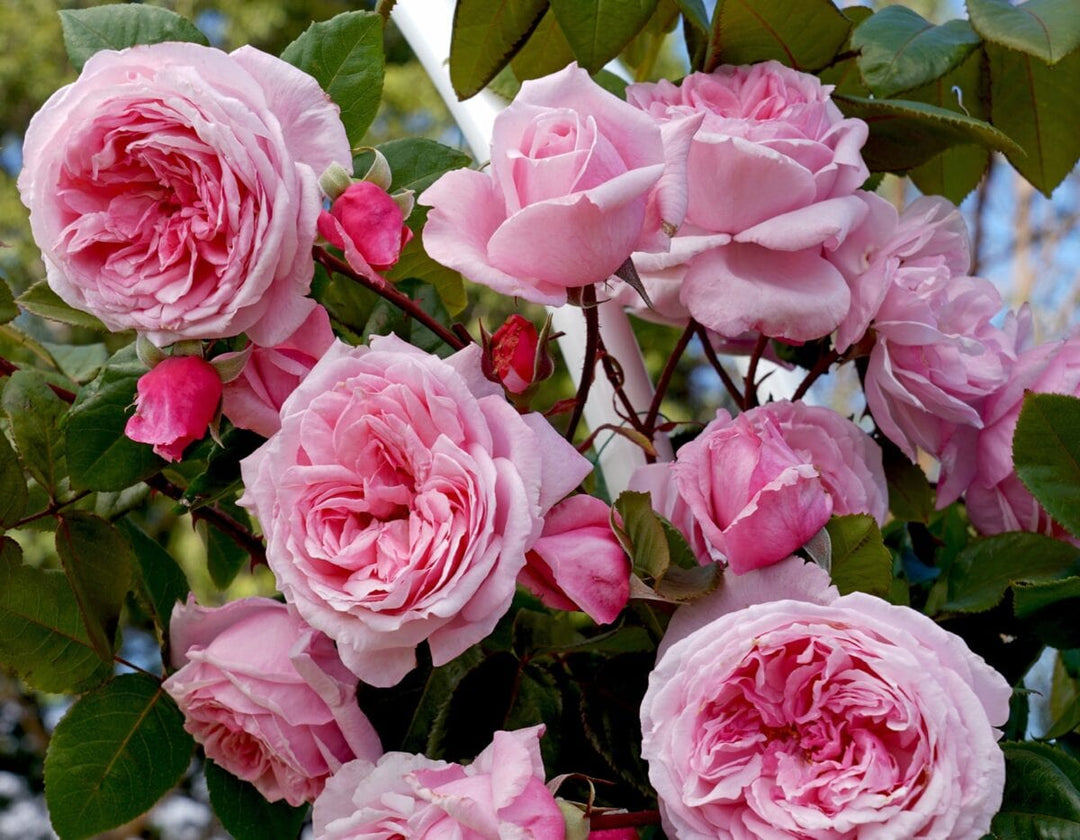Raised Garden Beds
Whether you live in an apartment building or a house, there are several reasons why raised garden beds are a fantastic option for gardeners. With Spring still in full bloom, it's a great time to get started on a raised garden bed of your own. In this article, we're here to share how a raised garden bed could be a game changer for your home garden!
10 Reasons to Use a Raised Garden Bed
-
Keep your garden safe from kids & pets playing.
-
Prevent burrowing pests from entering by using a base.
-
Provide plants with oxygen and good draining.
-
A great way to moderate soil needs and types of soil.
-
Easy access for those with disabilities, aches and pains - less bending.
-
Longer planting season with warmer soil temperatures.
-
Neat and tidy gardening, with easy structure support for trellises, netting and strings.
-
Helps concentrate all your hard-earned compost to where you need it!
-
Allows for gardening in small spaces without yards.
-
Easy planning! Raised garden beds are a great way to map out the exact area you have to work with.
Types of Raised Garden Beds

Raised Ground Beds: Using an in-ground garden bed is a great way to prevent weeds from creeping into your garden while also getting all the nutrients mother nature has to offer. In-ground planters built directly into the soil will also allow deeper rooting for plants that need it. Have underground pests? Be sure to apply netting to the bottom of the planter to keep them out. To raise your in-ground garden bed, look for beds that offer extensions like the Veggie Garden Planter above from CR Plastics, with unlimited expansion capabilities for ease.

Containerized Raised Beds - Raised containers come in various sizes and shapes to accommodate many unique growing conditions and spaces. Frequently used on balconies and apartments, they create small garden spaces where gardens aren't often found. With limited space, herb gardeners are commonly cultivated in raised containers and provide endless supplies of fresh basil, parsley, mint, cilantro and more!

Supported Raised Garden Beds - Do you have an uneven ground for planting? Support your raised garden bed with a built-in bottom and/or by adding legs to support your bed, also known as a raised garden table. This will give you the even lift you need to create an equal distribution for your plants to absorb water and allow you to work in the garden with mobile ease. When choosing your supported raised garden bed, it's essential to keep in mind the height at which you feel most comfortable working at. If you prefer a chair, opt for a raised bed with legs. If you want to kneel at a comfortable height, take measurements for how tall that would be while in a comfortable kneeling position.
Plant Based Beds

To determine the best raised garden bed for your home, start by knowing what it is you would like to plant. Each plant requires a unique combination of sunlight, water, soil drainage and depth for its roots. For example, if you have decided that you would like to grow tomatoes, you will need a bed with the following requirements.
Example:
| SUN | Full-sun, preferably in a south-facing location. |
| WATER | Keep evenly moist; tomatoes don't like too much water. |
| SOIL | Well-draining, slightly acidic, rich in nutrients. |
| DEPTH | 12" or deeper for best root development. |
Once you have carefully mapped out all the requirements to choose your perfect garden bed for your favourite plants, incorporate more plants! The best way to add more plants would be to research similar growing condition plants or companion plants. For tomatoes, we recommend planting herbs; Basil or Parsley, Flowers; Marigolds or Nasturtiums, Vegetables; Asparagus or Garlic.
Tip: Keep in mind how much water your plants may require and how often. Is your raised garden bed in a convenient location to access the water they need?
Tools & Supplies

Now that you've chosen your plants and raised garden bed, you're almost ready! If your plants don't get nutrients directly from the earth, you will need to prepare nutrient-rich soil for them to grow strong and healthy. We recommend mixing an adequate amount of Sea Soil and/or compost with your soil, plus adequate plant food and to finishing with mulch for good water retention.
To determine the proper nutrients for your plants, you will need to research their individual nutrient needs when grown in a container. Using tomatoes as an example, try Nurseryland Tomato Food 5-10-5.









